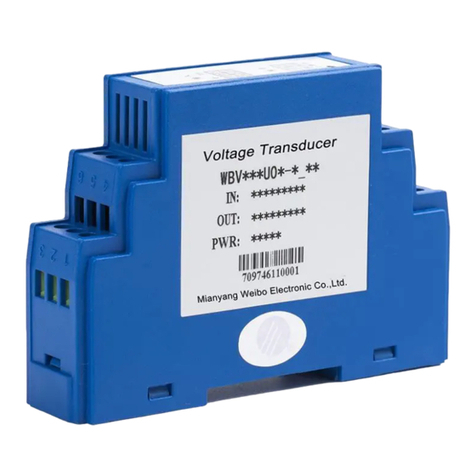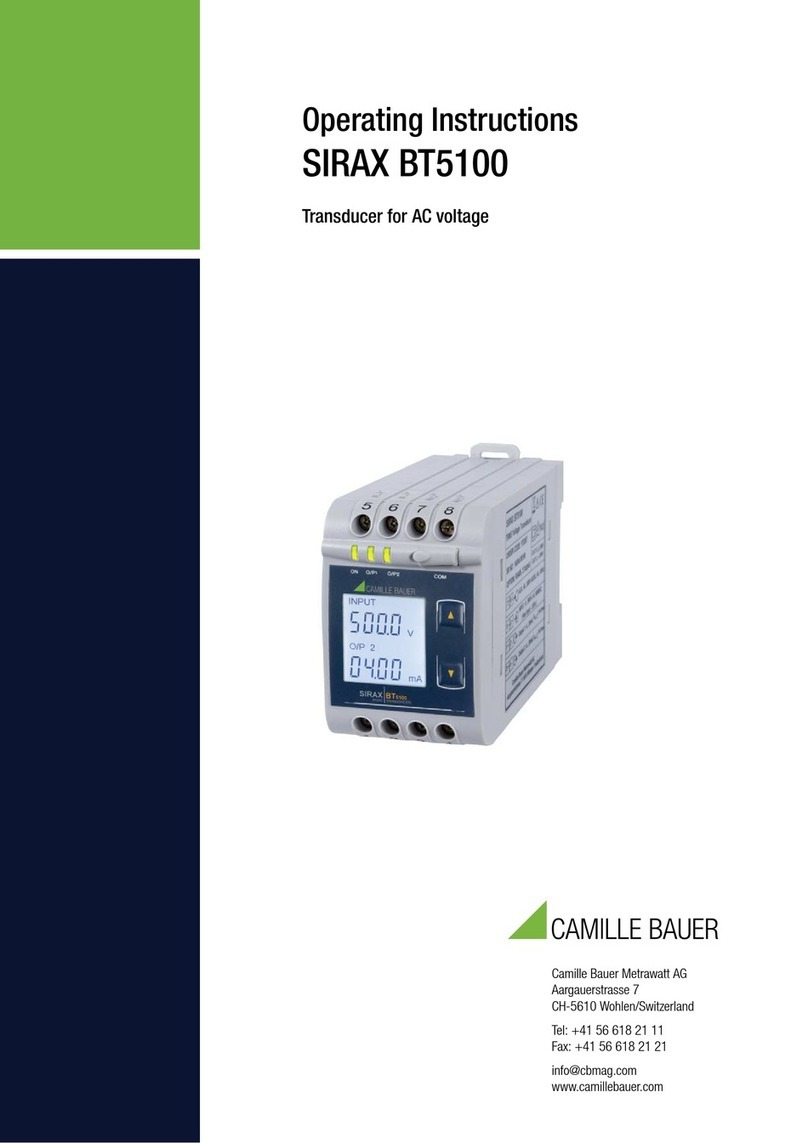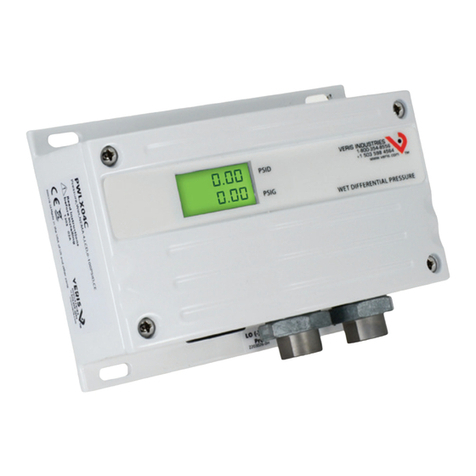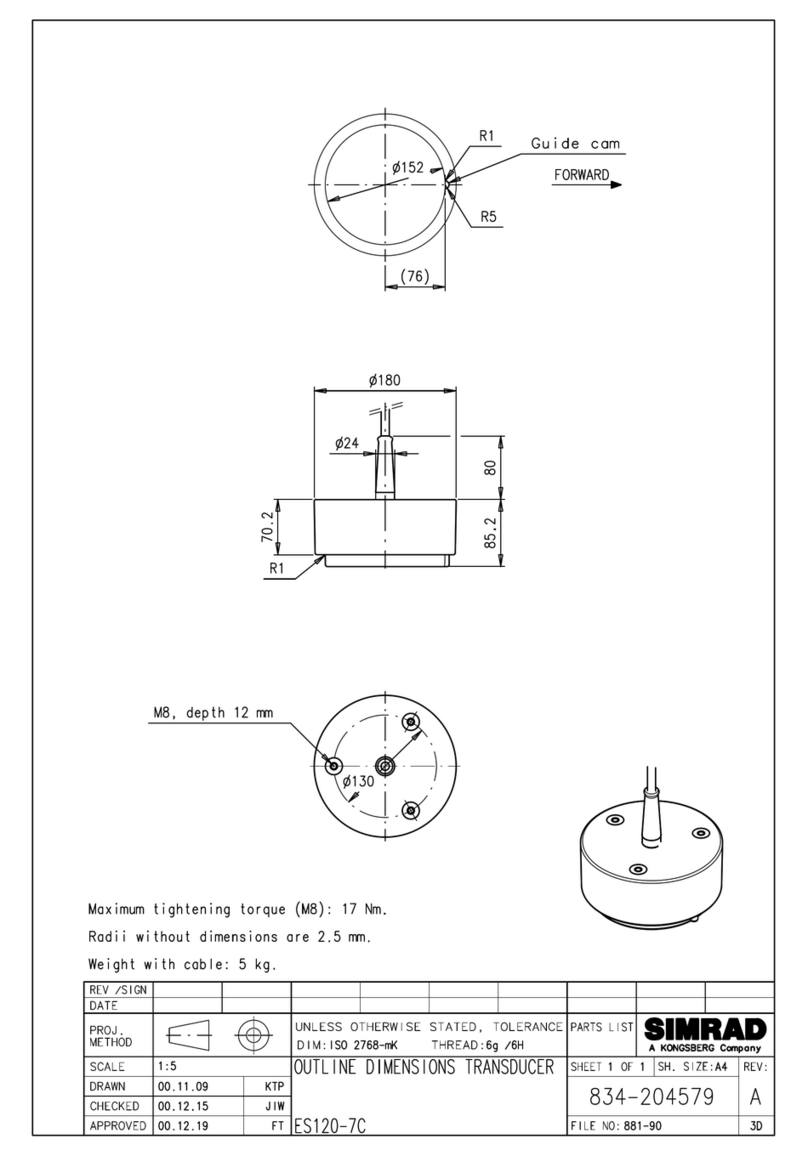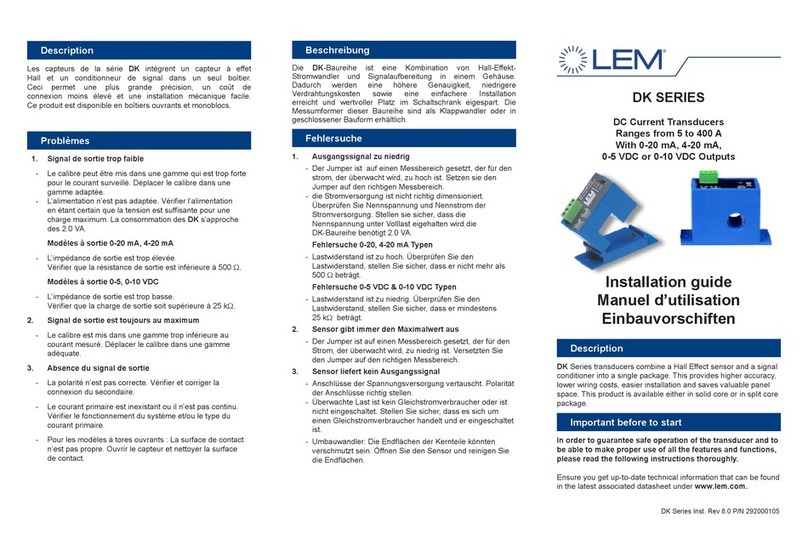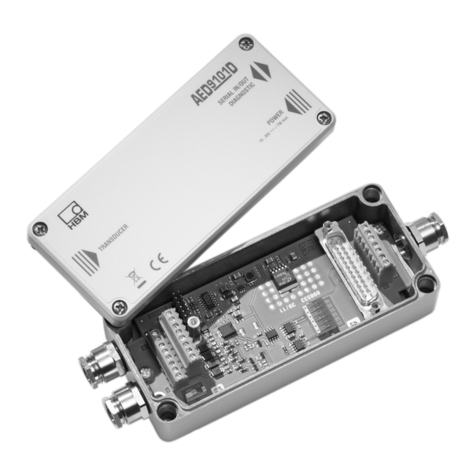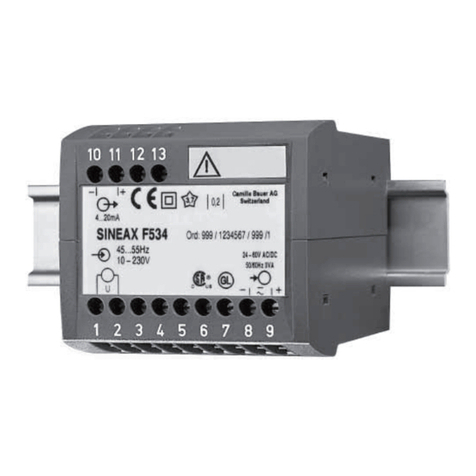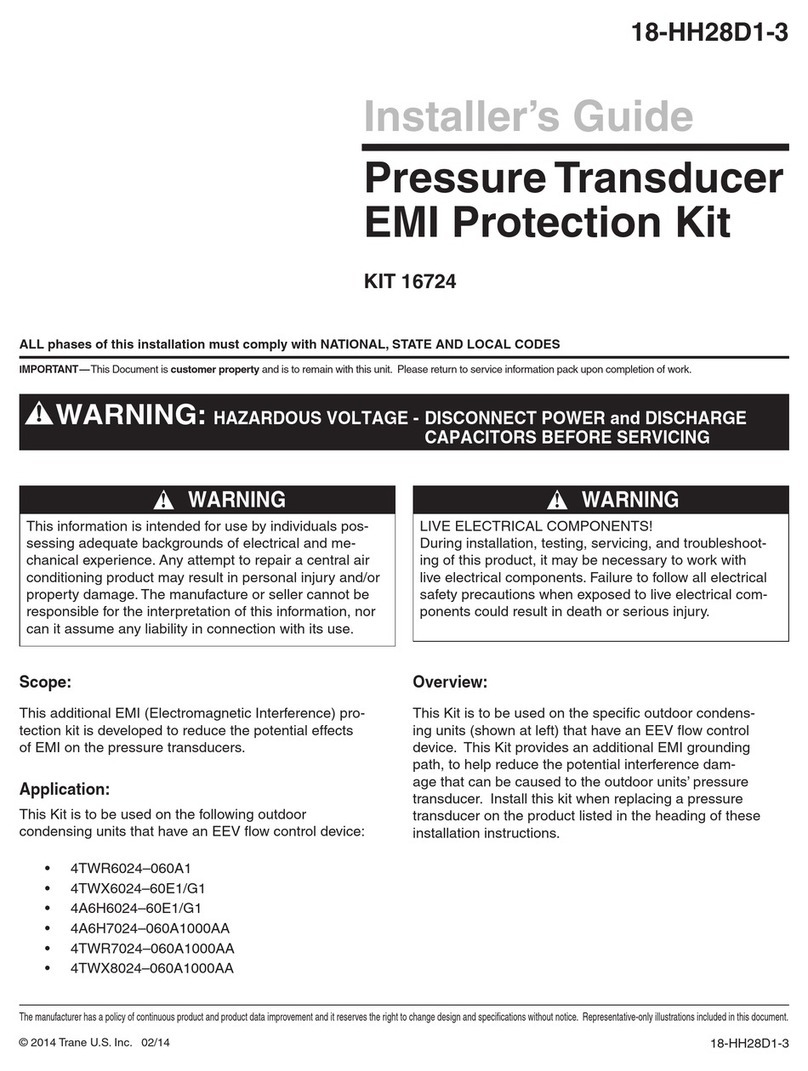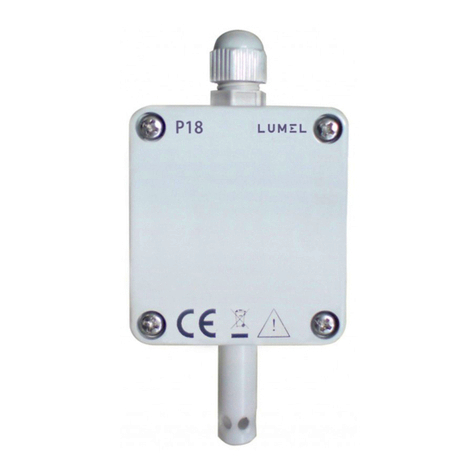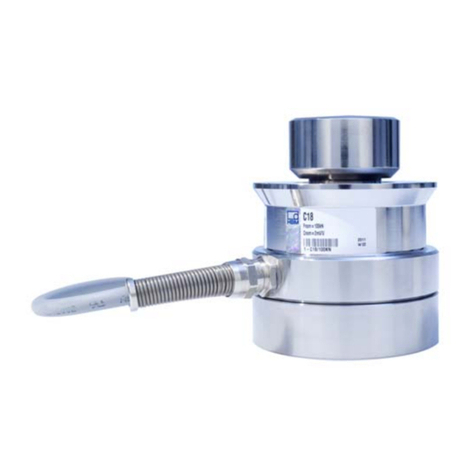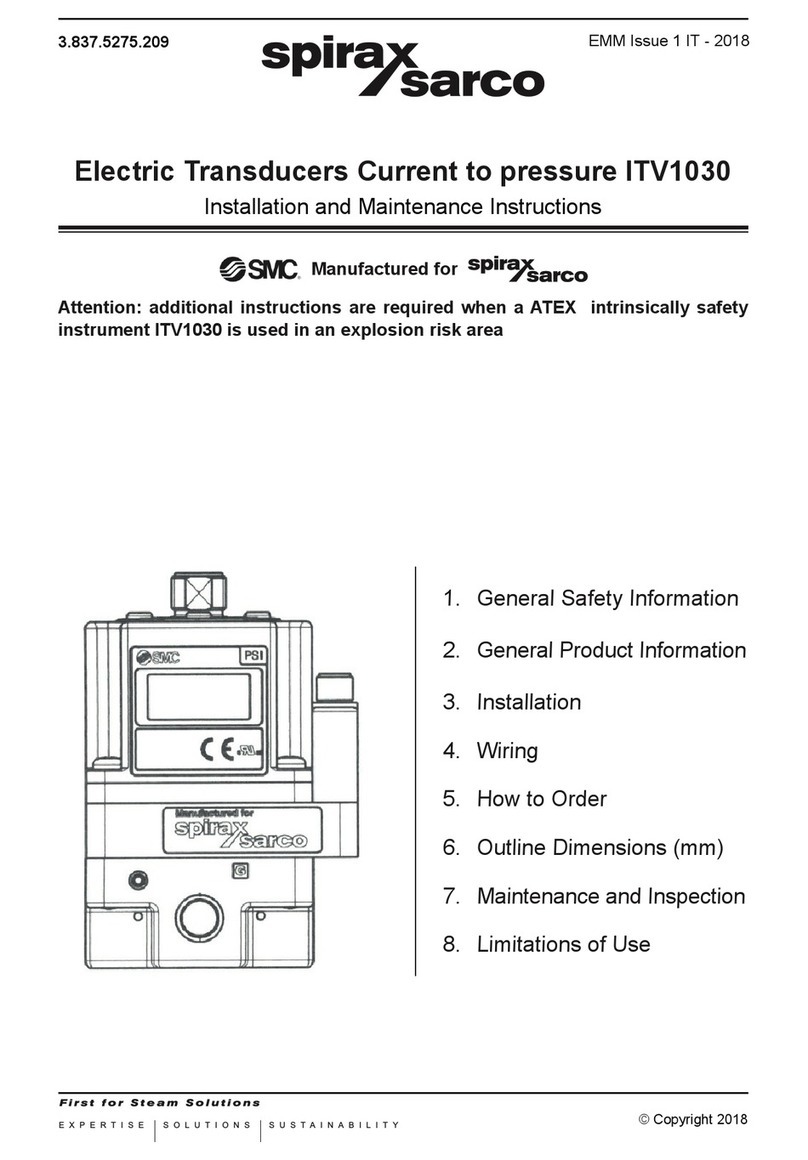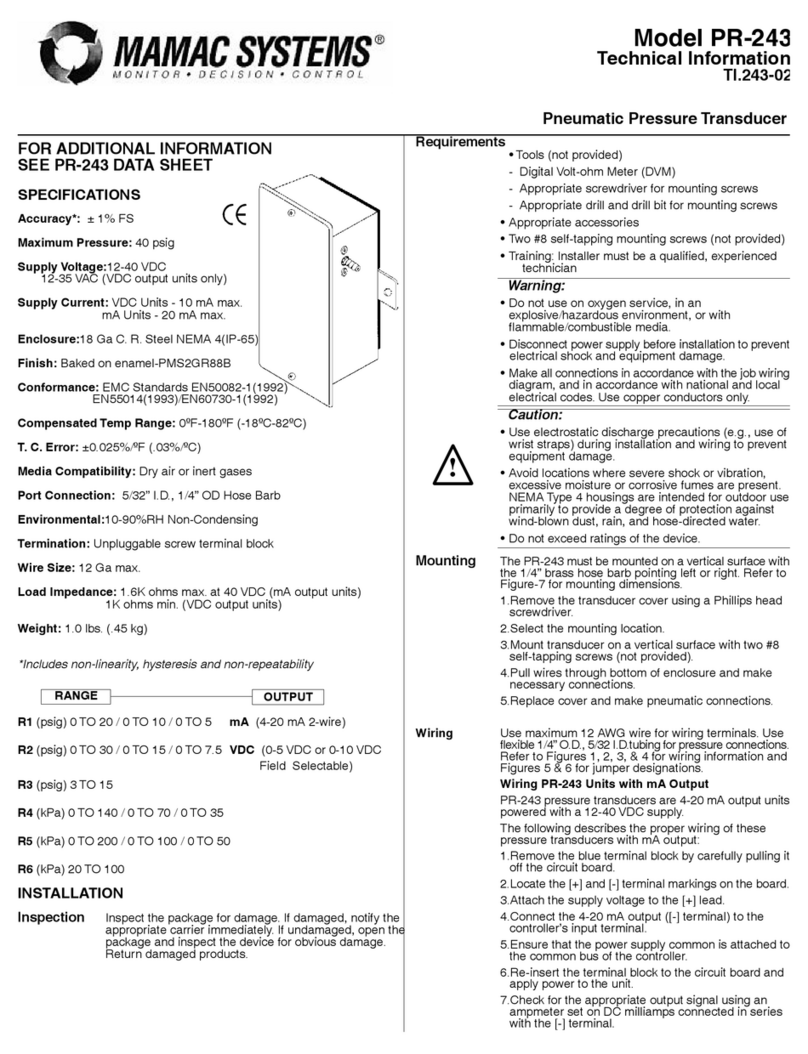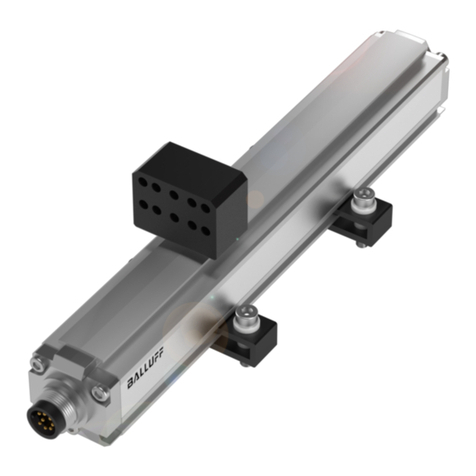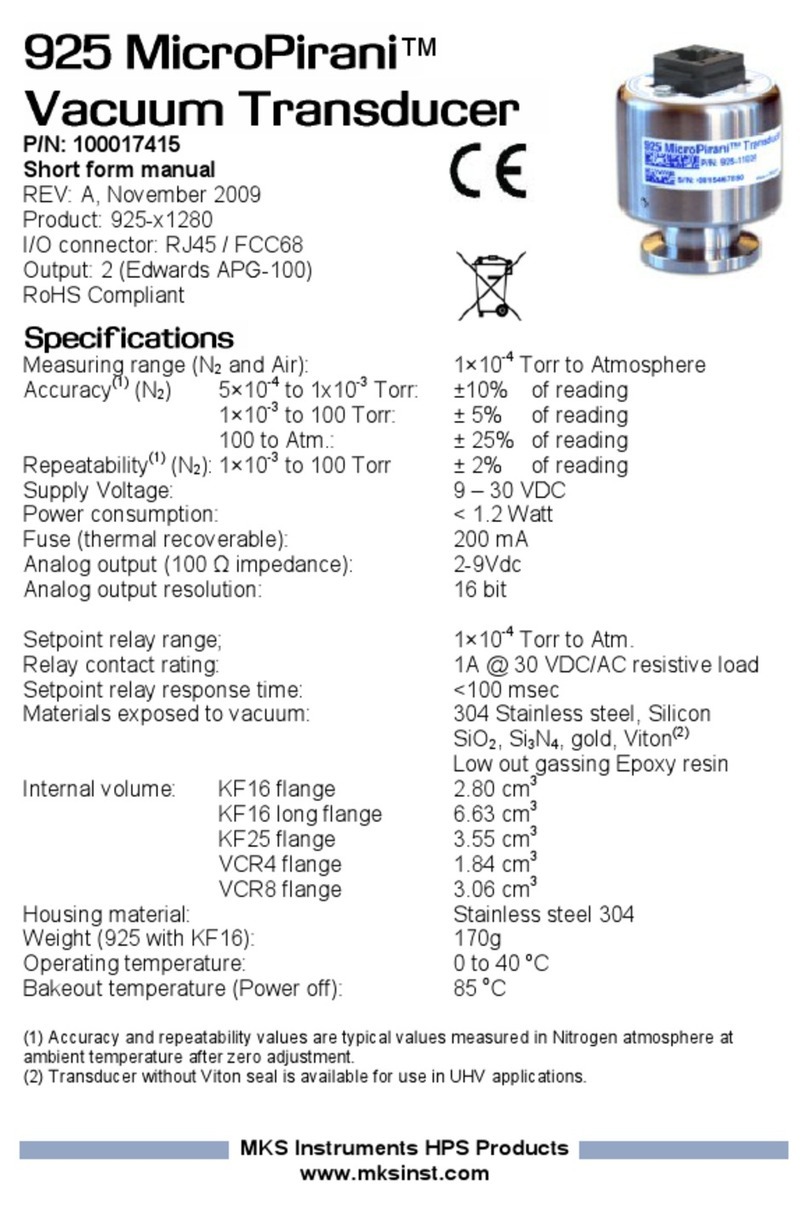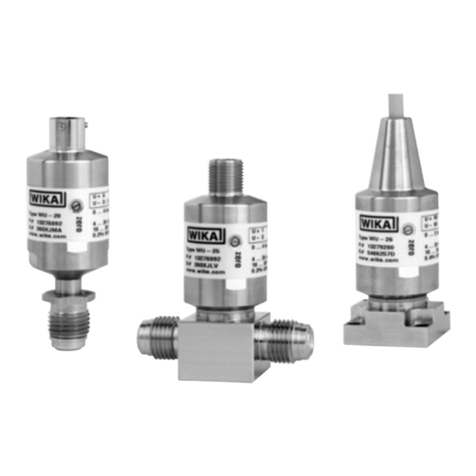
WPS600 User’s Guide Pico Technology
10 DO187-4
7. Maintenance
Cleaning the housing
Clean the transducer’s housing by wiping it with a cloth moistened with clean water
or water-based detergent. Allow the housing to dry before use.
Do not use fuel or any other solvent
Do not use abrasive cleaning agents
Do not submerge the unit in any liquid
Do not dismantle the unit
Do not use the unit until it is perfectly dry
Recharging the internal battery
To charge using a computer, switch on the computer and allow it to boot.
Disable any power-saving modes to ensure that the computer does not switch
off before recharging is complete. Connect the transducer to the USB port of
the computer using the USB charging cable provided.
To charge using a USB wall charger, connect the transducer to the charger using
the USB charging cable provided.
Leave the transducer to charge for 5 hours.
Unplug the USB cable from the transducer before use. Leaving the cable
plugged in may affect measurement accuracy.
The battery inside the WPS600 is designed to give a long service life and is not
user-replaceable.
Repairs
If the unit is damaged or stops working, or the battery is not charging or holding
charge, return it to Pico Technology or an authorized Pico distributor for repair. Do
not attempt to dismantle or repair the unit.
Disposal
The WPS600 contains a lithium polymer (LiPo) battery. If the battery has reached
the end of its life, you may return the unit for repair. When the transducer reaches
the end of its life, take the entire unit to a battery recycling facility for safe
disposal.
YOU MUST observe the instructions below. Incorrect disposal of the
battery could cause a fire or an explosion.
Do not open the unit to remove the battery
Do not crush or shred the unit
Do not dispose of in fire
